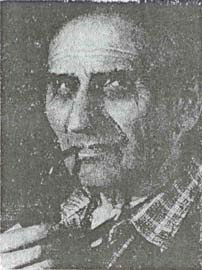 The Wind Tunnel in Polizu at the time of its inauguration represented one of the most advanced aerodynamic labs in the world. The tunnel was designed by Ion Stroescu (1888-1961), based on an original blue print, which included a patent and more innovations worldwide. Ion Stroescu was a sports teacher, but with a passion and a fascinating intuition for aerodynamics. Today, he is recognized as inventor and pioneer in experimental aerodynamics. He had built his first Wind Tunnel in 1927 at Râmnicu Sărat, in the sports room of the high school he was teaching.
The Wind Tunnel in Polizu at the time of its inauguration represented one of the most advanced aerodynamic labs in the world. The tunnel was designed by Ion Stroescu (1888-1961), based on an original blue print, which included a patent and more innovations worldwide. Ion Stroescu was a sports teacher, but with a passion and a fascinating intuition for aerodynamics. Today, he is recognized as inventor and pioneer in experimental aerodynamics. He had built his first Wind Tunnel in 1927 at Râmnicu Sărat, in the sports room of the high school he was teaching.
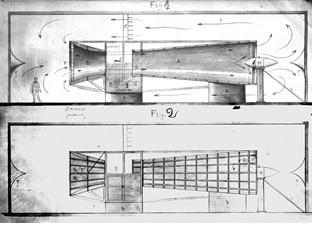
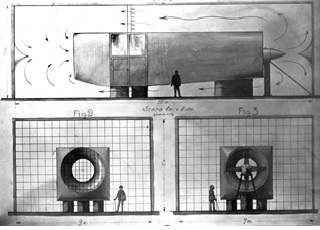
In the same year, he applies for two valuable patents, for controlling the boundary layer by injection-suction and blowing-out (patents 11.169/1925 and 13.677/1925 Ion Stroescu).
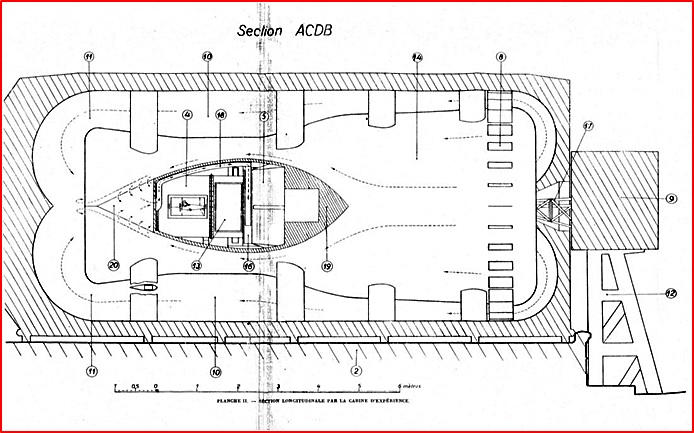
Illustrations show the blue prints of the Wind Tunnel in Râmnicu Sărat and photos during construction.
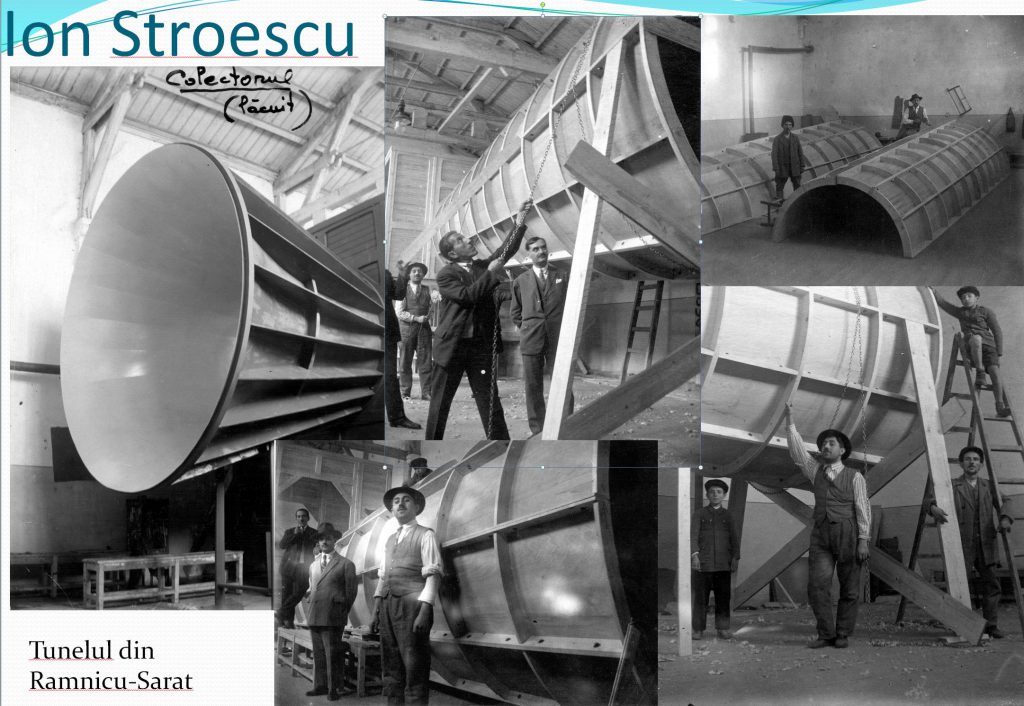
The new Wind Tunnel attracted Prof. Elie Carafoli’s attention, the well known Romanian aerodynamics expert, the founder of the aeronautical engineering school. He tried to stop the demolition of the tunnel, ordered by the Ministry because it ”abusively” occupied the sports room. He did not managed that, but managed instead to get an order for Ion Stroescu to be assigned at the Politechnical School.
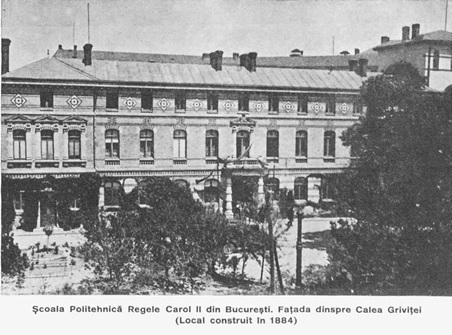
In 1929 Carafoli appointed Stroescu as assistant professor at the Department of Aerodyanmics. Under his supervision, Ion Stroescu designed and managed the works for the new Wind Tunnel of Polizu.
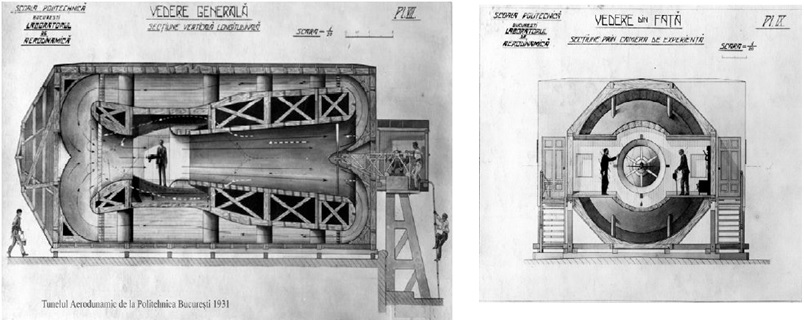
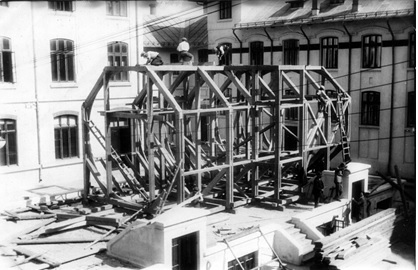
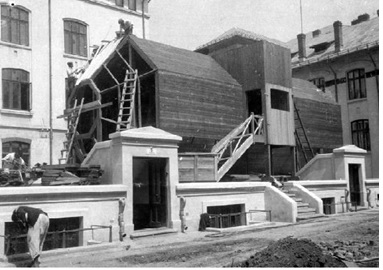
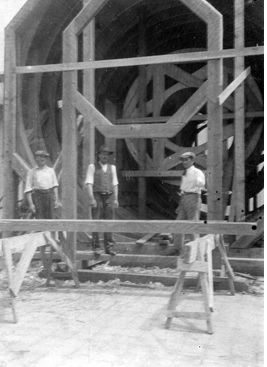
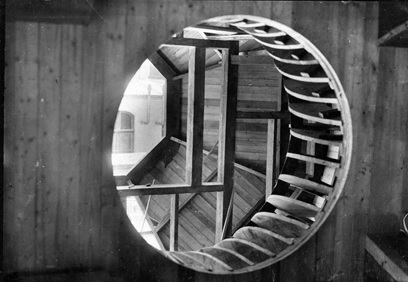
In the experimental section of the tunnel, the models of all Romanian airplanes were to be tested. The room was equipped with an aerodynamic strain cage, another invention, which demonstrate the creativity of the Romanian pioneers of aerodynamics.
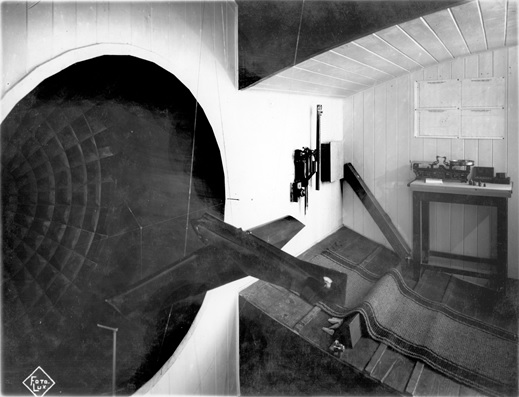
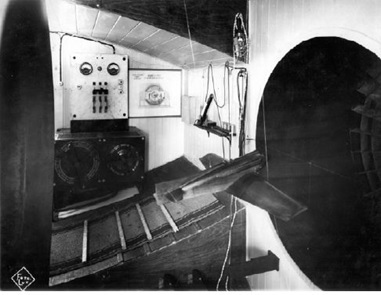
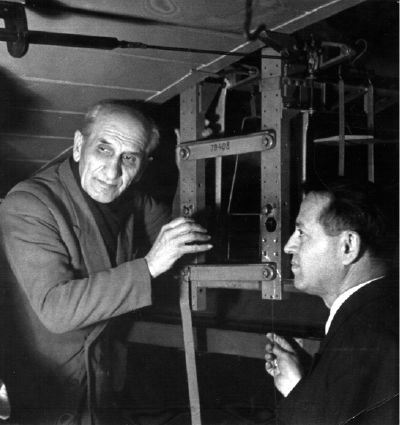
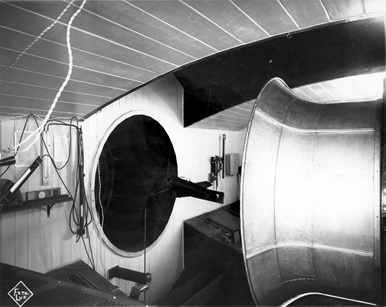
On 7 May 1931, King Carol the 2nd, together with Prince Nicolae, with Prime Minister Nicolae Iorga and with the Rector of the Politechnical School, Nicolae Vasilescu-Karpen inaugurate the most important Wind Tunnel in South-East Europe, and one of the most advanced and well equipped in Europe at the time.
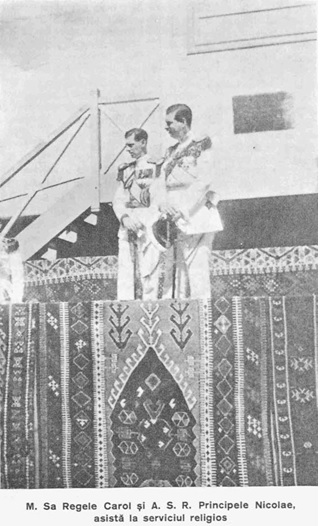
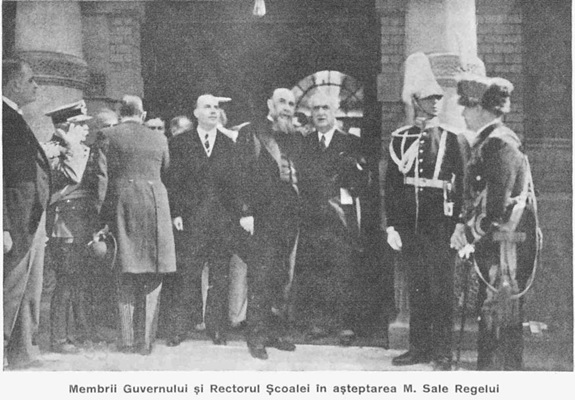
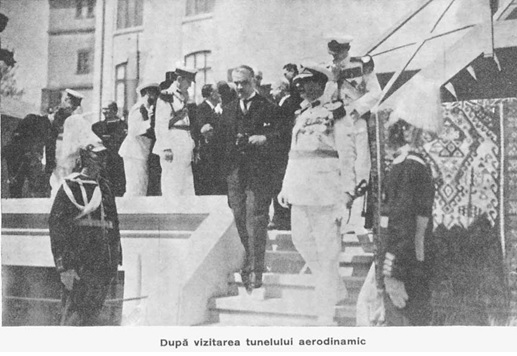
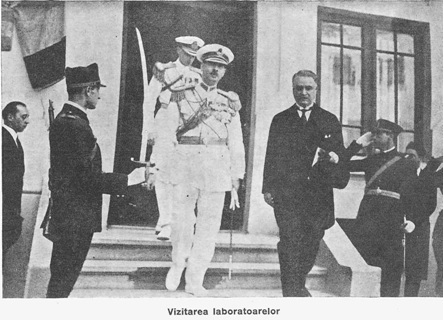
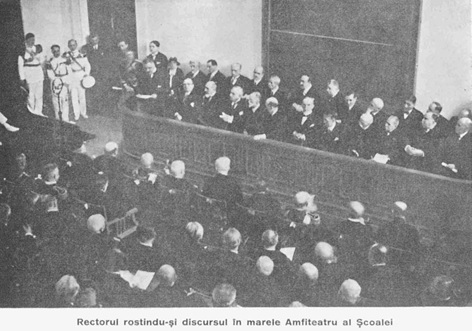
We may easily recognize the ”Grand Amphitheatre of the School”, currently known as the F024 Acad. Virgiliu N. Constantinescu Amphitheatre of the Faculty of Aerospace Engineering. The Wind Tunnel in Polizu contributed to the relative superiority of the Romanian aeronautical industry before and during WWII. Hundreds of new aircraft designs, wing airfoils and other parts could be tested. Some of the aircraft designed in this Wind Tunnel were matching the performance at the highest standards worldwide, competing with American, British or German aircraft.
In 1937 Ion Stroescu got another assignment, with the Faculty of Sciences of the University of Bucharest, by the Laboratory of Prof. Victor Vâlcovici, who was PhD in aerodynamics from the school of the well known scientist Ludwig Prandtl (1931).
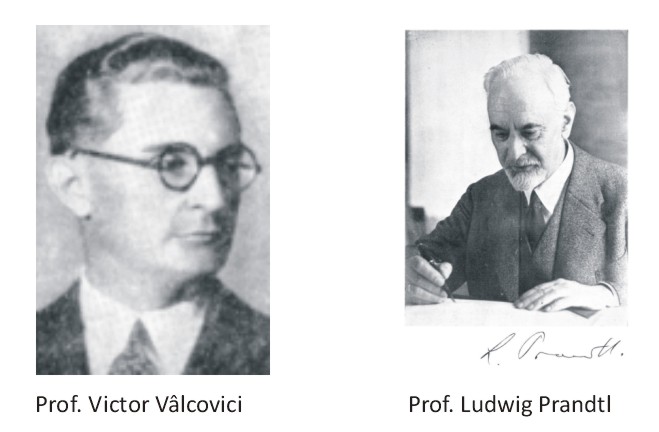
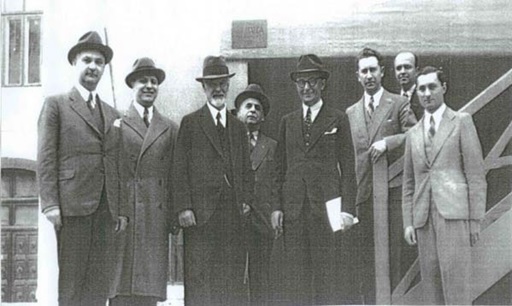
Ludwig Prandtl visited the Politechnical School in 1941, particularly to see the Wind Tunnel in Polizu. In the picture, from left to right: C.C. Teodorescu, Elie Carafoli, Ludwig Prandtl, Dionisie Germani, Victor Vâlcovici, Lucius Saveanu, Ion Cârstoiu and Nicolae Tipei.
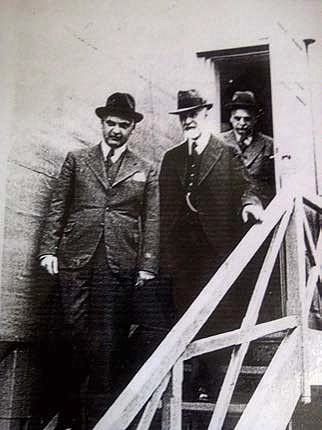
On the stairs of the tunnel, in this photo there are C. C. Teodorescu, Ludwig Prandtl and Dionisie Germani.
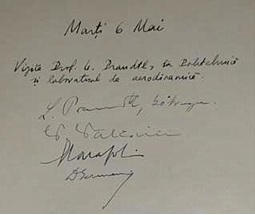
The experimental results at the end of an intense effort under the supervision of Prof. Vâlcovici, and later (after 1941) with the participation of the young mathematician Ion Șabac, the Wind Tunnel in Polizu and its creator Stroescu get an international recognition.
In 1943, Ion Stroescu’s presentation at the Research Academy in Berlin attracted appreciative remarks by Professors Ludwig Prandtl and A. Betz.
In 1946 at the Fourth Congress of Applied Mechanics, Ion Stroescu presents at Sorbone the paper “A New Type of Wind Tunnel”.
“Prof. Edmond Brun requested permission to use the blue prints of the Bucharest Wind Tunnel to build a similar one at Sorbone” (Prof. V. Vâlcovici).
In the years 2000-2008, under the supervision of Prof. Sterian Dănăilă, through significant financial efforts, the Wind Tunnel in Polizu was refurbished and modernized, becoming a valuable laboratory of aerodynamics. Very sensitive decisions were taken, trading off the preservation of the historical and patrimonial value, and the modernization of the laboratory to the 21st Century standards.
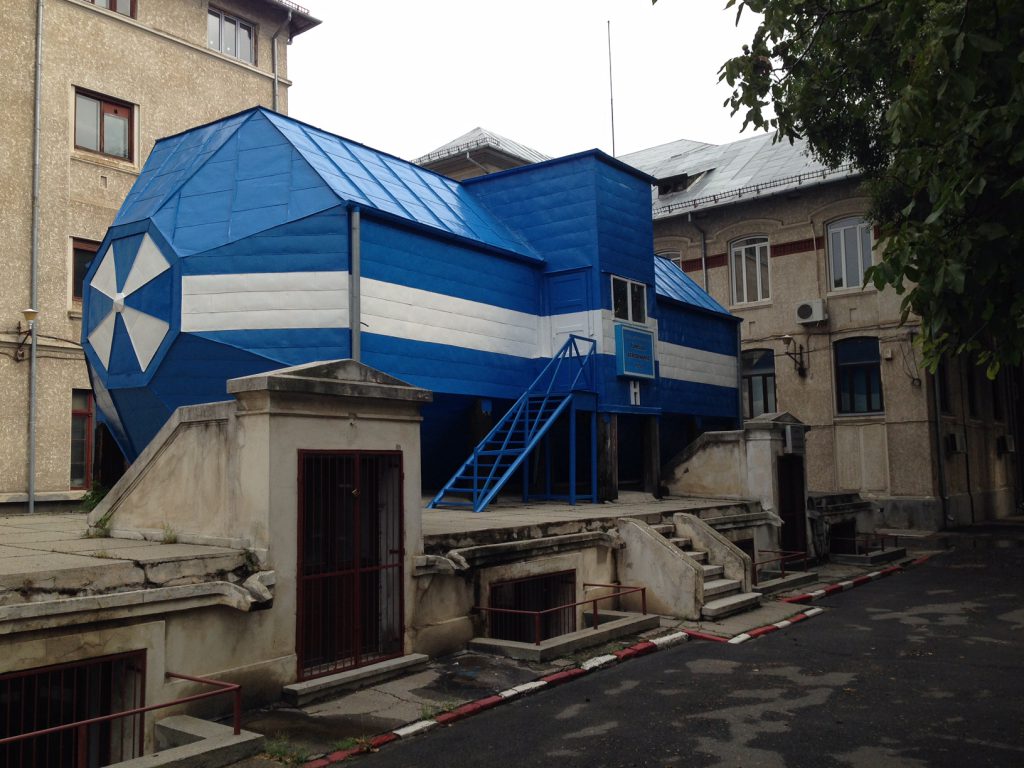
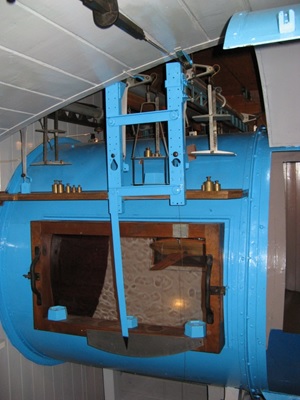
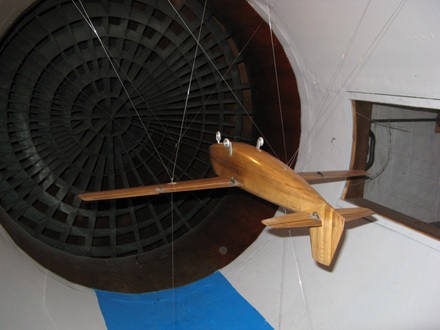
(This article was adapted after the presentations of Prof. Sterian Dănăilă, using original materials of the ”Elie Carafoli” Department of Aerospace Sciences, and using the paper of Conf. Nicolae Șerban Tomescu, ”An important achievement of Professor Ion Stroescu: the wind tunnel of the Polytechnic School of Bucharest” published in 2011 in the INCAS Bulletin. Another reference is the paper of Buiu V, Ion Stroescu (1888-1961) A Man and a Life –for a passion, INCAS BULLETIN, Volume 3, Special Issue/ 2011, pp. 1 – 15. A significant reference over the entire field is the book ”The History of the Higher Education in Aviation” by Prof. Virgil Stanciu)
ESA Concurrent Engineering Workshop
ESA’s Education Office is looking for 30 talented and motivated university students with an engineering or physics background from ESA Member States, Canada and Slovenia to take part in the upcoming Concurrent Engineering Workshop set to take place between 14 to 17...
Legendary introductory course in Inventor
Every fall Prof. Constantin Stancescu organizes an introductory course in Inventor. The course is FREE and this year will start on November 1, 2019, 16:00 at the CD-016 Hall in the IMST faculty building and will continue in the next three Friday of November...
Language proficiency test for ERASMUS selection
As in every year, the department of modern languages organizes a language proficiency test exam exclusively for ERASMUS selection. Interested students may apply to the secretariat specifying the language in which they want to take the test. The deadline is October...
Opening 2019
The new University Year 2019-2020 will be opened on 23 September 2019 in the Aula of the University Politehnica of Bucharest, starting at 10 am. 1st Year students are expected at the entrance at 9:40 am. There are 55 seats reserved in the middle of the room for the...
Innovative Teachers – Entrepreneurs Students
Information regarding the candidate registration process, timing, the eligibility criteria of the candidates, the evaluation of the candidates and the necessary documents for the registration of the candidates for the TARGET GROUP (TG) - STUDENTS within the project...
Dr. Marius Ioan Piso DHC
Based on the proposal of the Faculty of Aerospace Engineering, the Senate of the University Politehnica of Bucharest awards the title of Doctor Honoris Causa to the President of the Romanian Space Agency, Dr. Marius Ioan Piso. The ceremony will take place in the...
Lessons from the Boeing 737 MAX Crisis
In the Boeing 737 MAX crisis we have extensive coverage from many affected stakeholders except the aeronautical engineers, who actually hold responsibility of every factor significant in the loss of 346 lives in the Lion Air 610 and Ethiopian 302 accidents: Design of...
Flight Training 2019
Since its beginning, the Faculty of Aerospace Engineering organized a long awaited event for the students: the flight training at the end of the second year of study. This tradition was discontinued in the late 90’s, only to be brought back recently with the...
Romanian Aviation Academy Hires Aviation Engineers
Romanian Civil Aviation Academy (SSAvC) hires two aviation engineers. Details <here>. UPB Faculty of Aerospace Engineering signed in 2016 a strategic partnership with the Aviation Academy materialized in students internship, aircraft maintenance, pilots...
Office Special Summer Program
Faculty and Dean's Office of the Faculty of Aerospace Engineering are open according to a special schedule in the summer time as follows: every Wednesday 10 am - 1 pm. The office is open on Wednesday 24 July and Thursday 25 July 8 am - 6 pm, but is closed on Friday 26...


0 Comments